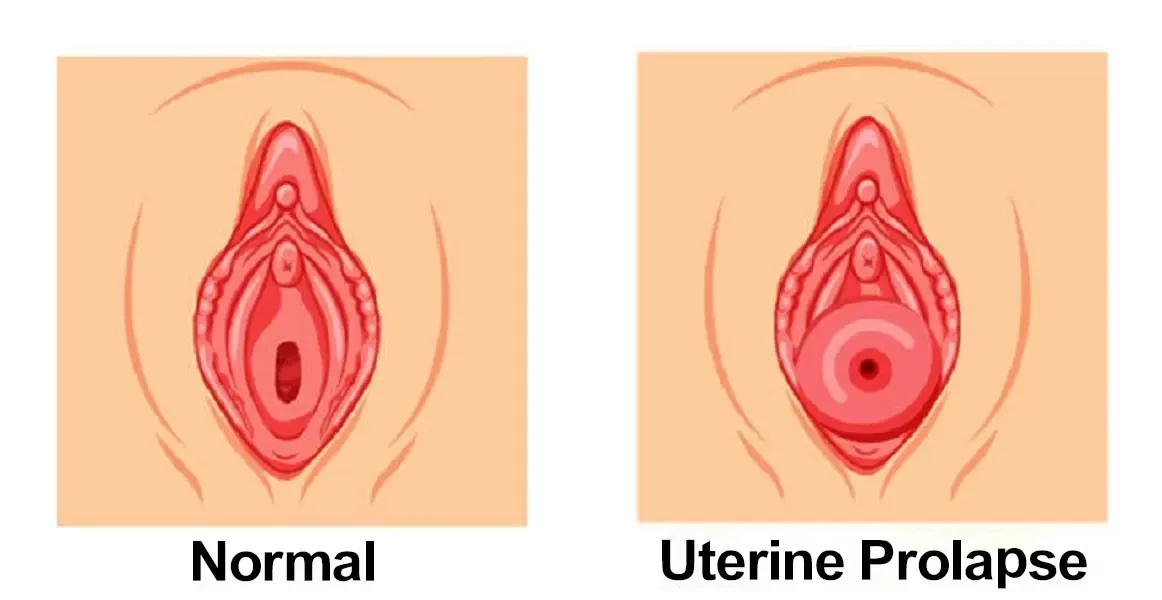
Uterine prolapse, also known as pelvic organ prolapse (POP), occurs when the organs in the pelvic area, such as the bladder, uterus, rectum, or vaginal walls, bulge or protrude into or through the vaginal canal. This condition can result from weakened pelvic floor muscles and supporting tissues, causing the pelvic organs to lose their normal position and stability.
There are several types of Uterine Prolapse, each involving different pelvic organs:
Uterine Prolapse is primarily caused by factors that weaken the pelvic floor and supporting structures. These factors may include:
The symptoms of Uterine Prolapse can vary depending on the type and severity of the prolapse but may include
There are several types of Uterine Prolapse, each involving different pelvic organs:
This occurs when the bladder drops down into the front wall of the vagina. It can lead to symptoms such as urinary frequency, urgency, and difficulty emptying the bladder.
A rectocele occurs when the rectum bulges into the back wall of the vagina. This may cause symptoms like constipation, difficulty with bowel movements, and a sensation of rectal fullness.
Uterine prolapse involves the descent of the uterus into the vaginal canal or even outside the vagina in severe cases. It can lead to pelvic pressure, discomfort, and changes in menstrual bleeding.
An enterocele is a condition where the small intestine pushes into the upper vaginal wall. It can cause lower abdominal discomfort and pelvic pressure.
Treatment options for Uterine Prolapse depend on the type and severity of the prolapse, the patient's overall health, and their preferences. Common treatment approaches include:
The choice of treatment is individualized, and Dr Vindhya Gemaraju consider factors such as the patient's age, overall health, desire for future pregnancies, and the impact of symptoms on daily life when making recommendations. If you suspect you have vaginal prolapse or are experiencing symptoms related to it, it's essential to consult for a proper diagnosis and discussion of treatment options.
Contact us today to schedule an appointment with Dr. Vindhya G


 Whatsapp Now
Whatsapp Now +918106688026
+918106688026